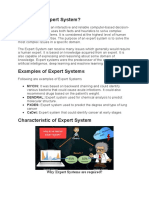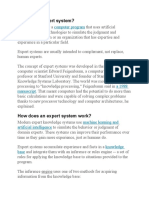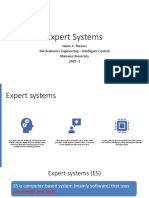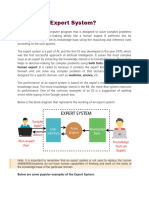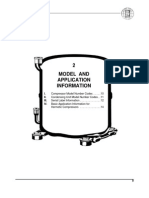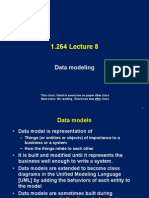0% found this document useful (0 votes)
82 views7 pagesExpert System Notes
Expert systems are AI-based software that simulate human expertise for decision-making in specific domains like healthcare, finance, and manufacturing. They consist of a knowledge base and an inference engine, enabling them to provide reliable, data-driven solutions to complex problems. While they offer advantages such as increased efficiency and knowledge preservation, they also face limitations like high development costs and a lack of common sense.
Uploaded by
haseebpasha23435Copyright
© © All Rights Reserved
We take content rights seriously. If you suspect this is your content, claim it here.
Available Formats
Download as DOCX, PDF, TXT or read online on Scribd
0% found this document useful (0 votes)
82 views7 pagesExpert System Notes
Expert systems are AI-based software that simulate human expertise for decision-making in specific domains like healthcare, finance, and manufacturing. They consist of a knowledge base and an inference engine, enabling them to provide reliable, data-driven solutions to complex problems. While they offer advantages such as increased efficiency and knowledge preservation, they also face limitations like high development costs and a lack of common sense.
Uploaded by
haseebpasha23435Copyright
© © All Rights Reserved
We take content rights seriously. If you suspect this is your content, claim it here.
Available Formats
Download as DOCX, PDF, TXT or read online on Scribd
/ 7

























